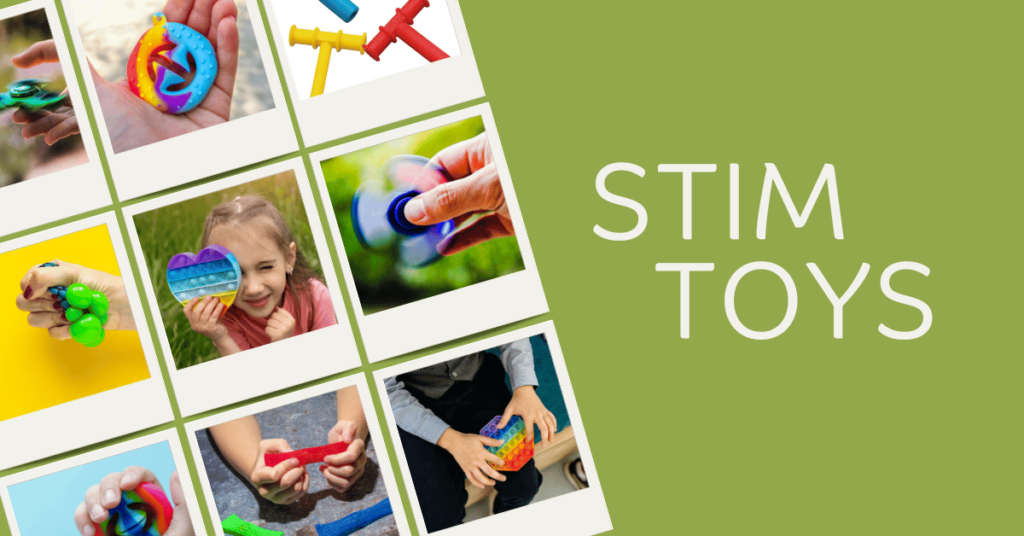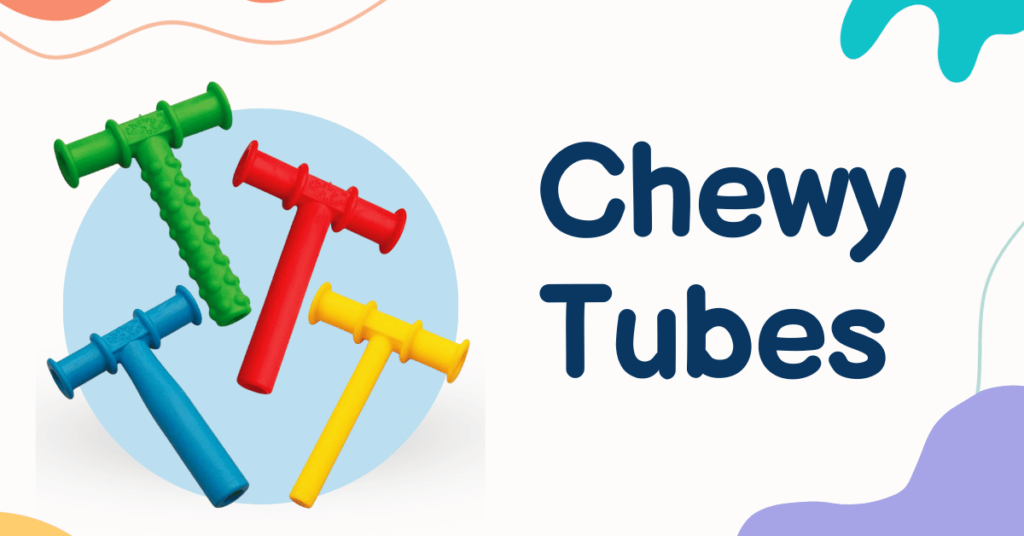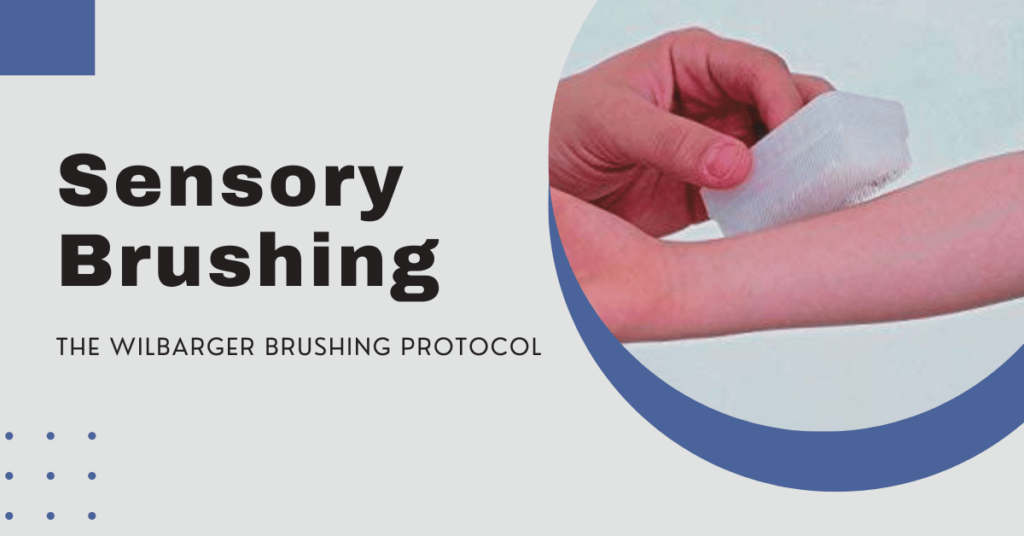Disclosure: This post may contain affiliate links. As an Amazon Associate, I earn from qualifying purchases. This means that if you click on a link and make a purchase, we may earn a commission at no additional cost to you. We only promote products we truly believe in, and your support helps us continue providing valuable content to our readers.
- I. Introduction
- II. Understanding Sensory Stimulation
- III. A Brief History of Stim Toys
- IV. Types of Stim Toys
- V. The Science Behind Stim Toys
- VI. The Impact on Focus and Productivity
- VII. Choosing the Right Stim Toy
- VII. Making Your Own Stim Toys
- VIII. The Future of Stim Toys
- IX. Conclusion: Embracing Sensory Diversity for a Harmonious World
- Frequently Asked Questions
I. Introduction
In today’s fast-paced and demanding world, finding ways to manage stress is essential. Stim toys have emerged as a popular solution for managing stress and helping stay focused. It provides sensory stimulation to individuals of all ages and diverse needs.
In this article, we will explore the world of stim toys. Learn of its history, benefits, and the science behind its effectiveness. We will also discuss the impact of stim toys on focus and productivity. The debate surrounding their use in public spaces. Tips for choosing the suitable stim toy for you or your loved ones. Additionally, we’ll delve into the possibilities for making DIY stim toys. And discuss the future of these unique and therapeutic tools.
II. Understanding Sensory Stimulation
Sensory processing is a crucial aspect of how our brain interprets. And how it responds to information from our environment. For some individuals, sensory stimulation can be overwhelming or inadequate. It affects their ability to focus and engage in daily activities. Stim toys cater to different sensory needs, providing comfort and a sense of calm. Stim toys’ tactile, visual, and auditory elements are carefully designed to promote relaxation. And enhance sensory experiences, making them highly effective for various purposes.
III. A Brief History of Stim Toys
Stim toys have a rich history that dates back centuries. Early innovations included simple objects like worry beads and prayer wheels. Which people used as calming tools. In modern times, they have gained widespread recognition, particularly in the context of neurodiversity and inclusive practices. Advocates, educators, and therapists have played a pivotal role in promoting them. They recommend them as valuable tools for individuals with ADHD and autism. And for individuals with anxiety and other sensory-related challenges.
IV. Types of Stim Toys
Stim toys encompass a wide array of options. Each offers unique sensory experiences and therapeutic benefits. There is a stim toy for nearly every individual’s sensory preferences and needs. These versatile tools have entered educational settings, workplaces, and homes. Providing support, comfort, and relief to users of all ages and backgrounds. Let’s explore the different categories of stim toys in detail:

1. Fidget Spinners and Fidget Cubes
Fidget spinners and fidget cubes are among the most recognizable and popular stim toys. Fidget spinners consist of a central ball bearing with prongs extending outward. It allows the spinner to rotate when flicked smoothly. On the other hand, fidget cubes are small, handheld devices. It has different features on each side, such as buttons, switches, dials, and rollers. These features provide users with various tactile and auditory sensations to engage with.
The purpose of fidget spinners and fidget cubes is to provide a simple, repetitive motion. It helps individuals channel excess energy or anxiety. They are particularly beneficial for promoting focus and concentration. It makes them widely used in academic and workplace settings.
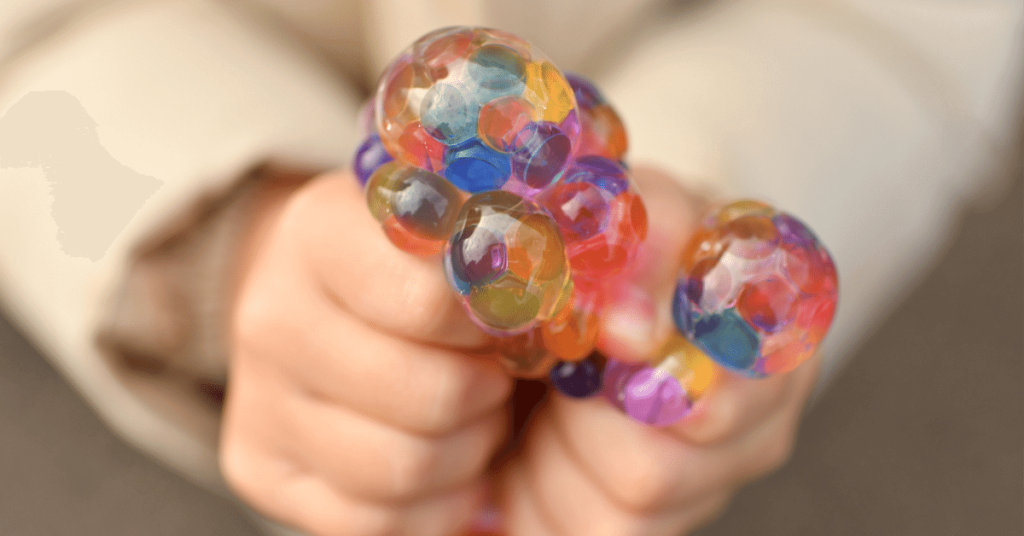
2. Squishies, Stress Balls, and Squeeze Toys
Squishies, stress balls, and squeeze toys are designed to offer a soft and pliable texture. It allows individuals to squeeze, press, or knead them with their hands. The tactile feedback from these stim toys can be incredibly soothing. These toys are often made from foam or rubber, offering a gentle resistance that relieves stress and anxiety.
Squishies, stress balls, and squeeze toys are versatile and portable. It makes them convenient stress-relieving tools for various situations. They can be kept in pockets, bags, or desk drawers, ready to provide comfort whenever needed.
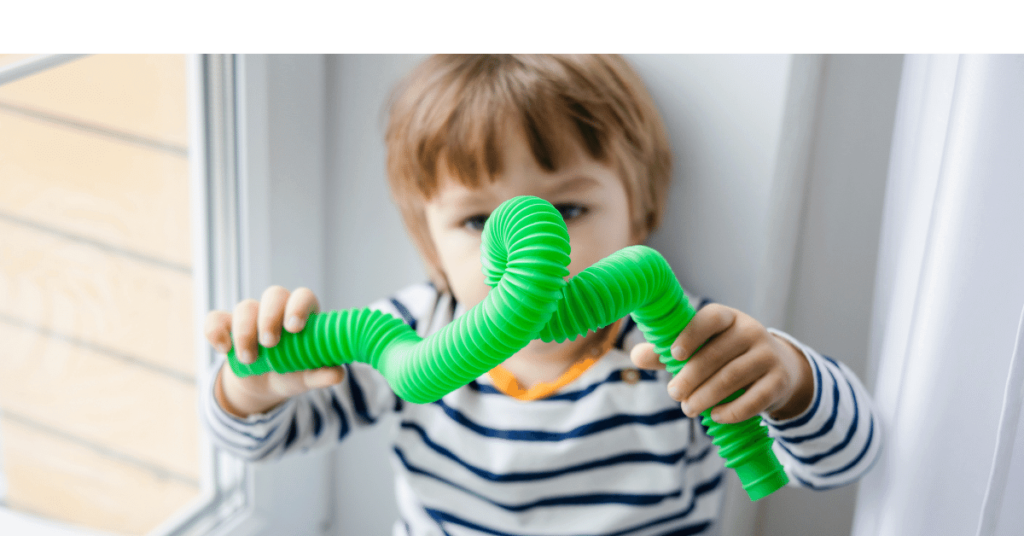
3. Tangles and Twistable Toys
Tangles and twistable toys are visually stimulating. They offer both tactile and fine motor benefits. Tangles are interconnected, twistable pieces. They can be manipulated into different shapes and configurations. They are ideal for individuals who seek repetitive hand movements to stay focused or reduce anxiety.
These toys are often used discreetly. Individuals can easily manipulate them without drawing much attention. Tangles are available in different sizes and levels of complexity. They cater to users of all ages and sensory preferences.

4. Chewable Stim Toys
Chewable stim toys are made for individuals who seek oral sensory input. These toys are made from safe, non-toxic materials. They are made of materials that can withstand chewing and biting. For people who utilize oral stimulation to self-regulate or control anxiety, they offer a secure outlet.
Chewable stim toys come in various shapes and textures, such as necklaces, bracelets, or pencil toppers. They are used by individuals with sensory processing difficulties. Or those individuals who have a sensory-based need to chew.
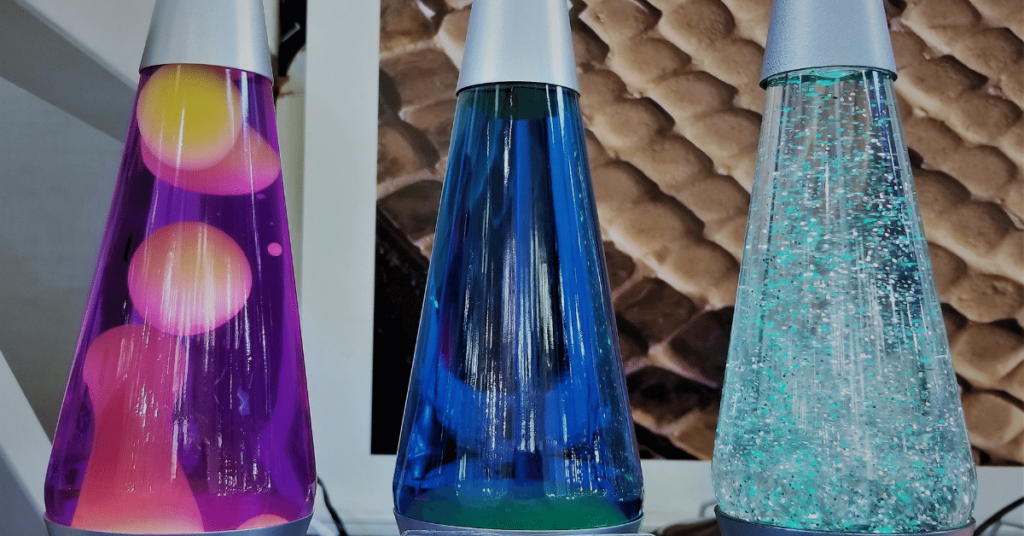
5. Visual and Light-based Stim Toys
Visual and light-based stim toys offer soothing visual experiences. They promote relaxation and sensory engagement. These toys often feature LED lights, mesmerizing graphic patterns, or calming color displays.
Lava lamps, fiber optic wands, and visual projection toys are examples of visual stim toys. They can be especially beneficial for individuals who respond positively to visual stimuli—creating a calming environment that enhances focus and reduces stress.
V. The Science Behind Stim Toys
The therapeutic benefits of stim toys are supported by scientific research. Studies have shown that sensory stimulation can positively impact mood, stress levels, and cognitive function. Engaging with stim toys can trigger the release of neurotransmitters like dopamine and serotonin. These promote feelings of well-being and relaxation. In individuals with ADHD, stim toys can help channel excess energy. It leads to improved focus and attention. Similarly, those on the autism spectrum may find them comforting. It can help provide reassurance in overwhelming situations.
VI. The Impact on Focus and Productivity
Stim toys have made their way into educational settings and workplaces. They have shown promise in enhancing focus and productivity. In classrooms, teachers have observed improved attention among students who use them. And so with reduced disruptive behavior. In work environments, employees report better concentration. Improved stress management is observed when given the option to use stim toys. Incorporating these tools into daily routines can create more inclusive and efficient spaces. In this place, individuals can choose the sensory support they need to thrive.
Check out Fidget Toys Set perfect for workplaces and educational settings. Various kinds of fidget toys to help relieve stress and anxiety.
VII. Choosing the Right Stim Toy
Navigating the world of stim toys is a personal journey. Everyone’s sensory preferences are distinct, just as our personalities vary. Our responses to different textures, sounds, and motions also vary. It makes selecting the perfect stim toy an exciting exploration of self-discovery.
1. Understanding Your Preferences
Some individuals find solace in the soft and yielding touch of squishy toys. Ones that allow them to apply gentle pressure with their fingers. In contrast, others prefer a tangle toy’s rhythmic clicking and twisting. It provides them with sensory input that brings a sense of calm. Becoming attuned to the sensations that resonate most with you is essential.
2. Exploring Options
Exploring the vast array of stim toys available, from textured stress balls to intricate fidget cubes, can be enjoyable. Each option offers a unique sensory experience. Trying out different stim toys is like testing different flavors until you find the one that satisfies your sensory appetite.
For those seeking even more variety in their sensory stimulation, fidget packs present an exciting option. These packs often contain an assortment of different stim toys. It allows individuals to experiment with various textures, shapes, and functionalities all in one package.
They provide an extensive range of options to cater to diverse sensory preferences. It is much like a sampler platter. Trying out these packs can lead to discovering unexpected favorites. It can help uncover new ways to engage with sensory stimuli.
3. Online Resources and Communities
In the digital age, the stim toy community thrives online. Many forums, websites, and social media groups dedicated to sensory exploration are available. They offer a wealth of information and personal experiences. Engaging with these platforms can help you gain insights. Learn which stim toys have worked well for others and might align with your preferences.
4. Trial and Discovery
Always remember that it’s entirely acceptable to experiment with various options. What resonates with you might surprise you. A particular toy might bring unexpected comfort. At the same time, another might captivate your attention in unforeseen ways. Keep in mind that the process of discovering your preferred stim toy is an ongoing adventure. Be open to twists and turns.
5. Tailoring to Your Needs
It is the same as how we curate our living spaces to reflect our personalities. The stim toy you choose becomes an extension of your sensory identity, regardless of your preference. Whether you seek tactile satisfaction, audible engagement, or visual delight, the suitable stim toy can be a potent tool for enhancing focus, relaxation, and overall well-being.
VII. Making Your Own Stim Toys
For those who enjoy crafting and personalization, you can make DIY stim toys. It can be a rewarding experience. You can use simple materials to create custom stim toys like silicone molds, beads, and fabrics. Engaging in the creative process allows individuals to design one that aligns with their preferences. It also provides a sense of accomplishment and ownership over their sensory toys and tools. However, it is essential to consider safety aspects. And make sure to use suitable materials when making DIY stim toys.
VIII. The Future of Stim Toys
As awareness of sensory diversity grows, so does the demand for innovative stim toys. Expect to see exciting new designs. And so with technologies that cater to a broader range of sensory needs. Their integration into therapy and healthcare practices will likely expand. Professionals recognize the value of these tools in managing stress. And how they can improve focus. They are set to significantly promote well-being and support individuals in various aspects of their lives.
IX. Conclusion: Embracing Sensory Diversity for a Harmonious World
In conclusion, stim toys have proven to be more than just trendy gadgets. They are valuable tools that provide sensory support. And improve focus for individuals with diverse needs.
They have also evolved into a critical aspect of promoting sensory diversity and inclusion. By understanding sensory differences, we can create a world that celebrates individuality. We can create a world that fosters inclusivity. Live in a place where everyone’s needs are respected and accommodated.
Frequently Asked Questions
Are stim toys only for individuals with sensory challenges?
Stim toys are particularly beneficial for individuals with sensory processing difficulties. But anyone can use them for stress relief, relaxation, and improved focus.
Can stim toys replace other therapeutic interventions?
Stim toys can be effective as complementary tools. But they should not replace professional therapies or medical treatments. Always consult healthcare or educational professionals for individualized support.
Can stim toys be used in classrooms without causing distractions?
When used responsibly, stim toys can enhance focus and attention in classrooms. Establish guidelines for their use. Educating students about proper usage can minimize distractions.
Are there stim toys suitable for adults?
Absolutely! Stim toys are suitable for individuals of all ages. Many adults find stim toys helpful for managing stress. They help in maintaining focus during work or study.
How do I introduce stim toys?
Educate others about sensory diversity and the benefits of stim toys. Foster an inclusive environment where individuals feel comfortable. Foster a place where individuals can express their sensory needs and preferences.
Can DIY stim toys be safe and effective?
DIY stim toys can be safe and effective when made with appropriate materials. And when following safety guidelines. Engaging in the creative process can add personal value to the stim toy experience.
Are there stim toys that provide auditory stimulation?
Yes, some stim toys incorporate auditory elements like clicking or soft sounds. These toys can be helpful for individuals who find auditory stimulation soothing or focusing.
How can I find a supportive stim toy community online?
Look for social media groups or forums. Search for online platforms dedicated to sensory support and stim toys. These communities can offer valuable insights and recommendations for choosing stim toys.

